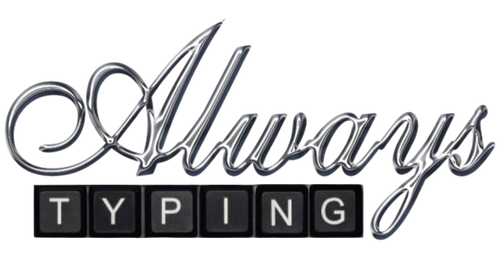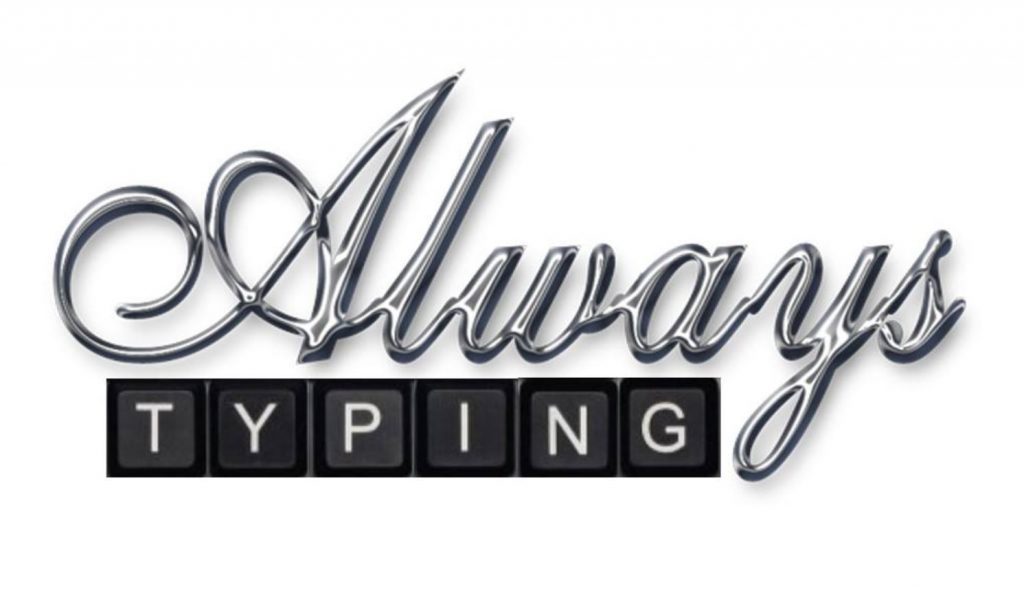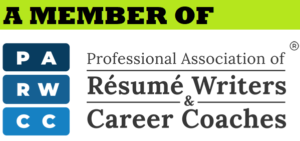A Guide On When to Use a Two-Page Resume
Did you know most recruiters and hiring managers prefer a two-page resume? For years, there has been continuous debate on if two-page resumes are okay for job seekers. While some people have very strong opinions about this question, the answer is much more complicated than an opinion conveys. One-, two-, and three-page resumes all have…









